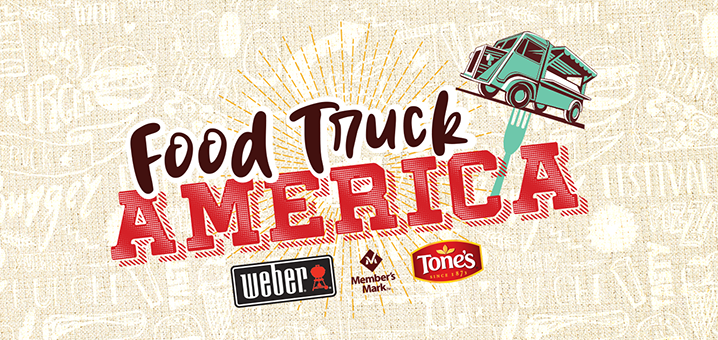Supervisor Roberts says that disclosure would be logical
SAN DIEGO, CA – The explosion of San Diego’s gourmet food trucks, serving everything from seared ahi and grass-fed sliders to New England lobster rolls, has brought them a level of acclaim once reserved for their brick-and-mortar rivals.
Their growing popularity, though, has yet to make them the equal of restaurants in the eyes of county health officials.
Where restaurant patrons can easily confirm the safety of the chicken, steaks and salads they’re eating by glancing at the letter grade placard posted in the window or by going online, no such system exists for mobile food operations.
Like restaurants, the county’s nearly 1,100 food trucks and coffee carts are regularly inspected each year by the county’s Department of Environmental Health to ensure foods are stored at the proper temperatures, there are adequate hand-washing facilities and all surfaces are properly sanitized.
Half of the trucks and carts operating in the last two years were written up for one or more violations, according to The Watchdog’s review of an inspections spreadsheet compiled by the department for internal use.
As with full-service restaurants, the food-truck infractions covered a wide range of findings, including refrigerated foods that were not kept cold enough, improper hand washing facilities, inadequate food handler training and potentially contaminated food surfaces. In a few instances, vermin was found by inspectors.
The county does not track food truck and food cart inspections electronically, as it does with restaurant inspections. Instead, it uses paper forms to document vendors’ violations, and inspectors record some of the details electronically for internal use.
Short of asking operators to provide their latest handwritten inspection reports, there is no handy way to identify the vehicles’ level of adherence to food safety standards.
Health inspection practices vary across the state. In Orange County, even full-service restaurants are not assigned letter grades.
Los Angeles County in 2010 expanded its restaurant letter-grading system to the more than 6,000 mobile food operations there. The goal is to help the public easily distinguish between legal trucks and those that are operating illegally.
“The real difference is the illegal operations have one characteristic: They have unsafe food conditions, everything from the lack of employee sanitation to improper food temperatures to food that comes from an unapproved source that has not been inspected,” said Terrance Powell, director of L.A. County’s bureau of specialized surveillance and enforcement.
Find the entire article by Lori Weisberg from utsandiego.com <here>




